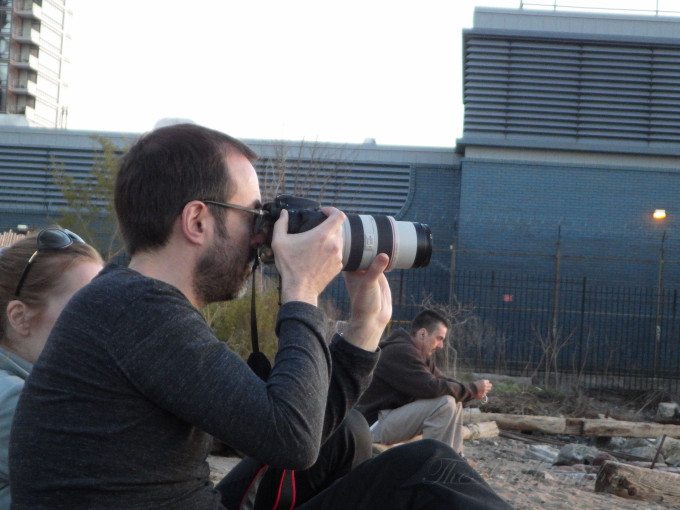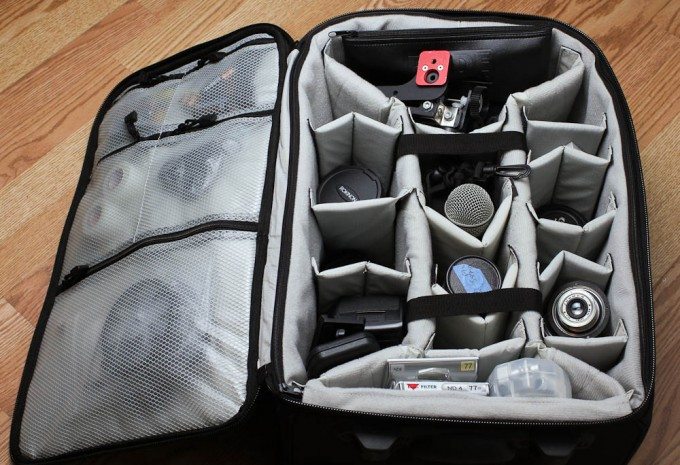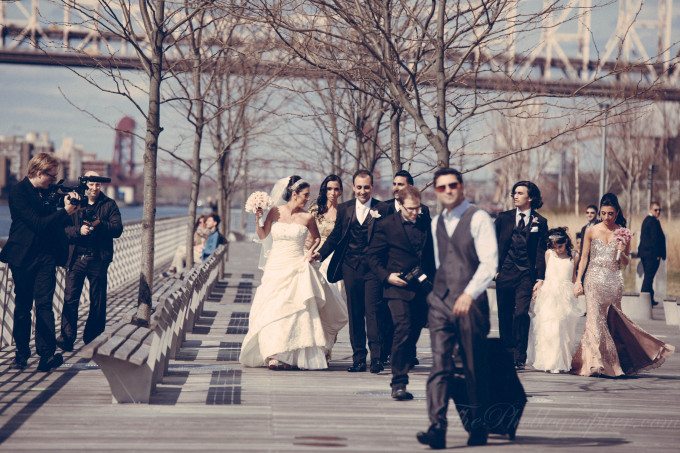Last Updated on 05/14/2013 by Jamiya Wilson
This is a followup to our original post about aspiring photographers getting caught in traps when they’re first starting out. The list of potential pitfalls is extensive, but some traps are quite common. These are the ones you must avoid at all cost if you want your business to thrive. Protect your career! I’ve been working full-time as a professional for over seven years. I learned the hard way. You don’t have to!
These are the traps that you must avoid.
Wasting Money on Buying Equipment Too Soon
Regretfully, I speak on this trap from personal experience. When I first started out, I bought a bunch of equipment that I had absolutely no idea on how to use and much of it wasn’t even necessary for the kind of photography I wanted to do. I ended up wasting money and losing more of it buy selling the items I didn’t use at a loss. You see all that photography equipment put up on the web for sale? It’s probably someone experiencing buyer’s remorse from buying stuff they didn’t need.
No matter what your genre is, there’s always recommendations saying this equipment is better than that. Or “such and such” uses this, so it must be good. Some of this advice is actually useful, but most of it is baloney. Do not feel obligated to go out and buy a whole bunch of equipment when you’re first starting out. This business rewards those who are smart with their money, so when investing in equipment, choose wisely. Pick items that you will use for a few years. I personally try to avoid upgrading any of my equipment within three years time. Something game changing would have to happen for me to sell my 1-2 year old equipment at a loss these days.
I’ve had all sorts of equipment throughout my career. You name it, I’ve probably owned it. At one point I had four Profoto Acute packs and almost every modifier that Profoto makes. Once I started developing my style, I found that I only relied on a handful of items. Cheap items, but they got the job done. I no longer have a dozen different lenses, ten strobes, and every modifier under the sun. I only own one camera, two lenses, three cheap Alienbee strobes, and a couple of modifiers. Nothing fancy. Save your money and purchase only what you need or at the least, rent it. Really sit down and assess the job/project you’re doing. Do you really need that 85mm 1.2 for $2000? Probably not. The much cheaper 85mm f1.8 will do just fine.
And most importantly, if you’re not earning money from your photography and you’re just purchasing equipment nonchalantly, you’re probably losing money. I’m not referring to those with a day job who can afford to splurge. The money you save on equipment can be used for buying permits for an awesome location, traveling, taking workshops, or adding to your nest egg.
Buy only what you need and upgrade only when you know you’ll receive a return on your investment.
Copying Industry Trends
Avoid copying industry trends at all costs. Well, let me rephrase that. Stop copying what everyone else is doing! Every genre of photography seems to have a person who’s very popular, causing hundreds of photographers to copy his/her style. Dave Hill, Terry Richardson, Peter Hurley, and Bambi Catrell to name a few. One of the essential tips for running a successful photography business is developing your own unique style. Of course you will be inspired by the things you see, but avoid copying or molding your style just like someone else’s. What usually happens is you won’t ever achieve the kind of profits/notoriety as they did because they’re the original! If someone wants that look, they’ll go to that photographer.
Terry Richardson is one of the biggest fashion photographers in the world. Lots of photographers love his minimalistic, bright flash on a white wall, in-your-face look. I admire it myself. Now take a look around at all the photographers trying to shoot like him. What are they possibly hoping to gain? Richardson makes a killing shooting his style, because it’s his style. It’s what he knows and what works for him. But that may not be the best thing for you.
One important thing to remember is that, when you’re copying someone, you’ll never be able to charge as much as the originator for your service. Think of fake designer hand bags. Sure they look like the real thing, but since they’re not, they can’t possibly be sold for the same price. The same will happen with your business. People will probably like your work and you’ll get some positive comments here and there, but everyone will know where you got your style from. Your peers will know, your customers will know, or they all will eventually find out. It leaves a bad taste in the mouth of the person who finds out they just bought a knockoff. Don’t be the guy that sells it to them.
The cheapskates will hire you no problem. But you probably want to make more than a few hundred bucks right? Create your own look and you can sell it for whatever you want, because it’s uniquely yours!
Don’t copy. Create something new and you will prosper!
Selling Your Services on Price
This is business 101. Avoid selling your services on price. Wedding and portrait photographers probably will relate to this. Let me guess, everyone around you is doing photography and they’re selling for cheaper than you? Of course, there are a few people at the top who are making the big money and shooting the type of clients that you want. So, in order to get the ball rolling on your business, what do you do? You lower your prices! “Cheap is smart!” you think. When people ask you about it, you cite the economy or say stuff like, “Well couples really don’t want to spend thousands of dollars on a wedding anymore.” This my friend is selling on price and, at worst, selling out of fear. You probably think if you sell your services too high, you’ll scare people off? Right? Wrong! Selling on price is a horrible foundation to build your photography business on.
Instead, sell value to your clients. What you do is a valuable service. If you’re shooting weddings, you’re capturing the moments that they’ll remember for a lifetime. Surely there’s value in that. Not every knows what settings to use when shooting in a dimly lit cathedral and the bride is power walking from the door to the altar at 60mph. You are the professional. You know what to do in these situations and how to achieve the results your clients look for. There’s value in that.
Sell clients on your skill set, your years of experience, your educational background, your incredible customer service, and whatever else makes you the great photographer you are. You aren’t some hack who doesn’t know their f-stops from their iso’s. You know your craft and you should get paid accordingly. Trying to compete on price is a losing man’s game and you’ll find yourself selling your work at the dreaded $99 price point.
Keep in mind, selling value requires you to provide a bit more explanation. You have to provide enough information so clients get it, but once their eyes are open most of them will make the right choice. I can bet the groom doesn’t want to hear from his wife over the next 20-30 years how he was an idiot in hiring the $500 wedding guy who missed the shot of their kiss.
Sell value and not price. You’ll go far.
If you have any advice to add, let us know in the comments below!
Please Support The Phoblographer
We love to bring you guys the latest and greatest news and gear related stuff. However, we can’t keep doing that unless we have your continued support. If you would like to purchase any of the items mentioned, please do so by clicking our links first and then purchasing the items as we then get a small portion of the sale to help run the website.
Also, please follow us on Facebook, Flickr and Twitter.





